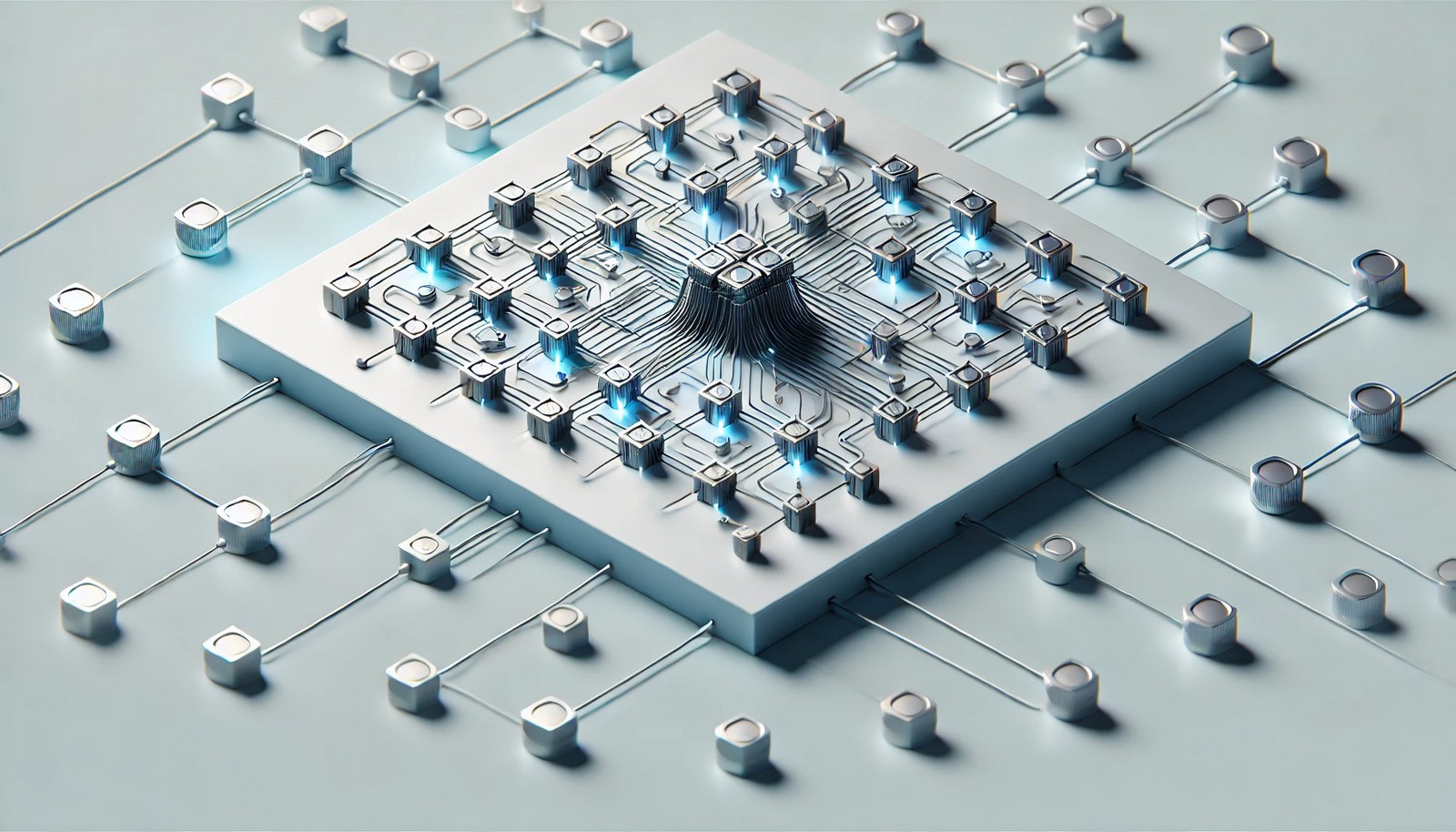Gated Recurrent Units (GRU)

Quick Navigation:
- Gated Recurrent Units Definition
- Gated Recurrent Units Explained Easy
- Gated Recurrent Units Origin
- Gated Recurrent Units Etymology
- Gated Recurrent Units Usage Trends
- Gated Recurrent Units Usage
- Gated Recurrent Units Examples in Context
- Gated Recurrent Units FAQ
- Gated Recurrent Units Related Words
Gated Recurrent Units Definition
Gated Recurrent Units (GRUs) are a type of recurrent neural network (RNN) designed to handle sequential data. They consist of gating mechanisms, specifically the update and reset gates, which help control the flow of information. These gates allow GRUs to selectively retain useful information and discard irrelevant data, making them highly effective for time-series analysis and natural language processing tasks. Unlike traditional RNNs, GRUs address the vanishing gradient problem, thus improving the model's memory and performance over long sequences.
Gated Recurrent Units Explained Easy
Imagine a notebook where you write important things to remember and erase things you no longer need. GRUs work similarly, keeping only what’s important and forgetting the rest, helping computers understand long conversations or sequences better.
Gated Recurrent Units Origin
GRUs were introduced in 2014 by researchers Kyunghyun Cho and colleagues as a variant of Long Short-Term Memory (LSTM) networks. They aimed to simplify the structure and improve computational efficiency while retaining the memory capabilities crucial for sequential data tasks.
Gated Recurrent Units Etymology
The term "Gated Recurrent Units" stems from the "gates" used to manage memory retention and the "recurrent" nature of processing sequential information.
Gated Recurrent Units Usage Trends
GRUs have gained popularity across industries due to their efficiency in handling sequential data and reducing computational load compared to LSTMs. They are widely used in applications such as voice recognition, language translation, and financial time series prediction.
Gated Recurrent Units Usage
- Formal/Technical Tagging:
- Recurrent Neural Network
- Deep Learning
- Machine Learning - Typical Collocations:
- "GRU layer"
- "GRU neural network"
- "training a GRU model"
- "GRU for sequence modeling"
Gated Recurrent Units Examples in Context
- GRUs are used in language translation systems to capture the meaning of sentences by processing word sequences.
- In stock price prediction, GRUs can learn patterns in historical prices to forecast future trends.
- Speech-to-text software utilizes GRUs to convert spoken language into written text by understanding spoken sequences.
Gated Recurrent Units FAQ
- What is a Gated Recurrent Unit?
A GRU is a type of recurrent neural network that selectively remembers and forgets information, improving its performance on sequential data. - How do GRUs differ from LSTMs?
GRUs are simpler than LSTMs, having fewer parameters, which often makes them faster and easier to train. - What are the key components of a GRU?
GRUs consist of two main gates: the update gate and the reset gate. - Where are GRUs commonly used?
GRUs are used in applications such as time-series prediction, speech recognition, and language translation. - Why are gates important in GRUs?
Gates control the flow of information, allowing GRUs to retain important data while discarding irrelevant information. - What is the update gate in a GRU?
The update gate determines how much past information should be carried forward to the next step. - What is the reset gate in a GRU?
The reset gate decides how much of the previous information to forget in the next computation. - Can GRUs solve the vanishing gradient problem?
Yes, GRUs help address the vanishing gradient problem, making them effective for long sequences. - Are GRUs faster to train than LSTMs?
Generally, yes, because they have fewer parameters and a simpler structure. - How do GRUs benefit real-time applications?
Their efficiency and ability to handle sequences make GRUs suitable for real-time applications like video processing and live translation.
Gated Recurrent Units Related Words
- Categories/Topics:
- Neural Networks
- Deep Learning
- Sequential Data
- Recurrent Neural Networks
Did you know?
Although developed after LSTMs, GRUs have often been favored for their simplicity and efficiency. Many researchers found that GRUs perform similarly to LSTMs in various applications, despite having fewer parameters, which has made them popular in resource-constrained environments.
PicDictionary.com is an online dictionary in pictures. If you have questions or suggestions, please reach out to us on WhatsApp or Twitter.Authors | Arjun Vishnu | @ArjunAndVishnu

I am Vishnu. I like AI, Linux, Single Board Computers, and Cloud Computing. I create the web & video content, and I also write for popular websites.
My younger brother, Arjun handles image & video editing. Together, we run a YouTube Channel that's focused on reviewing gadgets and explaining technology.



Comments powered by CComment